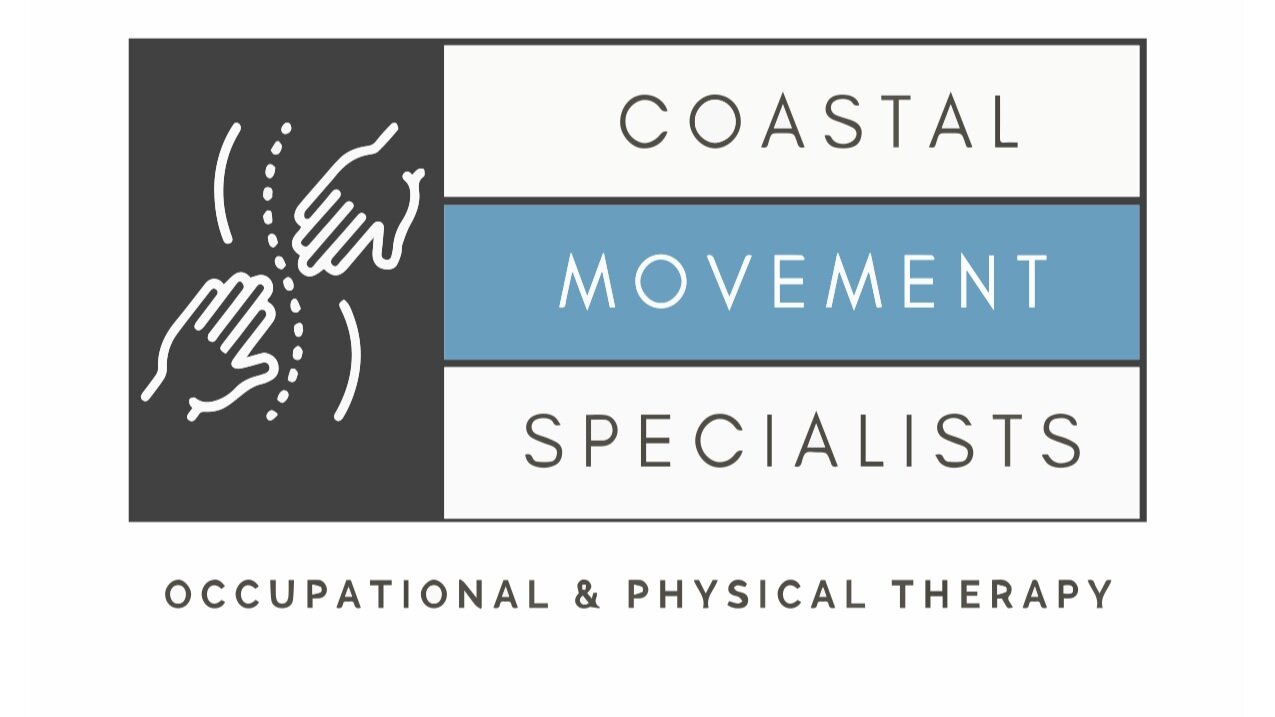Scoliosis Physical Therapy
Scoliosis affects approximately six to nine million people in the United States. Although it usually begins in 10–15-year-old people, it may develop in infants and adults as well. At Coastal Movement Specialists, our trained physical therapists are passionate about helping our clients with scoliosis live active lives. Learn more below about scoliosis below, and contact us today to schedule an appointment.
What is Scoliosis?
Scoliosis is a bone condition that affects the curvature of the spine. Scoliosis affects the normal curvature of the spine to create a rotated and lateral curvature. The severity of the spinal curve can vary from a mild 10 degrees to a severe 100 degrees. It can affect people at any stage of life, causing mild to severe symptoms and possibly a change in appearance.
+ Types of Scoliosis
Several different classifications exist for naming the different types of scoliosis based on the cause. However, the most common types include:
- Idiopathic scoliosis. This is the most frequently seen type of scoliosis and usually occurs between young people aged 10-18. The cause of this type is not known.
- Degenerative scoliosis. Excessive wear on the disks and joints of the spine can cause abnormal curvature of the spine in adulthood, known as degenerative scoliosis.
- Congenital scoliosis. Problems with the small bones in the back develop before birth and cause the spine to curve abnormally.
- Neuromuscular scoliosis. Conditions such as cerebral palsy and spina bifida cause this type of scoliosis in which the nerves and muscles do not function properly to maintain the normal alignment of the spine. In addition, injury to the spinal cord can also cause neuromuscular scoliosis.
+ Signs & Symptoms
Pain can occur when scoliosis of the spine affects the muscles and joints surrounding your back. You may notice that specific movement patterns create irritation and pain as the alignment of your spine changes. The muscular imbalances created by scoliosis can also result in a decrease in strength and flexibility. You may also notice one or more of the following:
- Uneven shoulders, hips, or waist
- Protruding ribs on one side
- Enlarged shoulder blade on one side
- Back pain or stiffness
- Leg pain and numbness
+ How is Scoliosis Diagnosed?
Diagnosis often begins with having you bend forward at the waist to detect a lateral curvature of the spine. You may need X-rays, a CT scan, or an MRI to verify the diagnosis. Our trained physical therapists will also closely examine your spine and check your strength and flexibility. We also evaluate you for any tenderness and difficult or painful movement patterns.
+ How Can Physical Therapy Help?
Our therapists will work with you to create a customized plan to treat your specific condition. Your treatment may include:
- Exercises to improve your range of motion
- Exercises to strengthen muscles around the spine and other affected areas
- Functional training to improve affected moving patterns
- Therapeutic activities to build strength, increase endurance, and improve range of motion
Schedule an Appointment
Located on Johns Island, SC, Coastal Movement Specialists serves the entire Charleston area. Contact us today to schedule an appointment with our experienced physical therapists.

